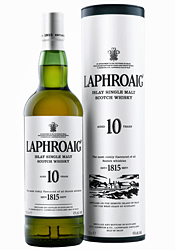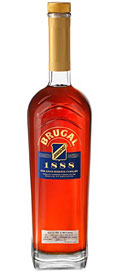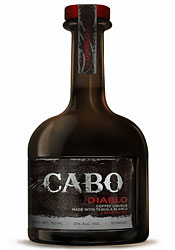Drink of the Week: The Ramos Gin Fizz
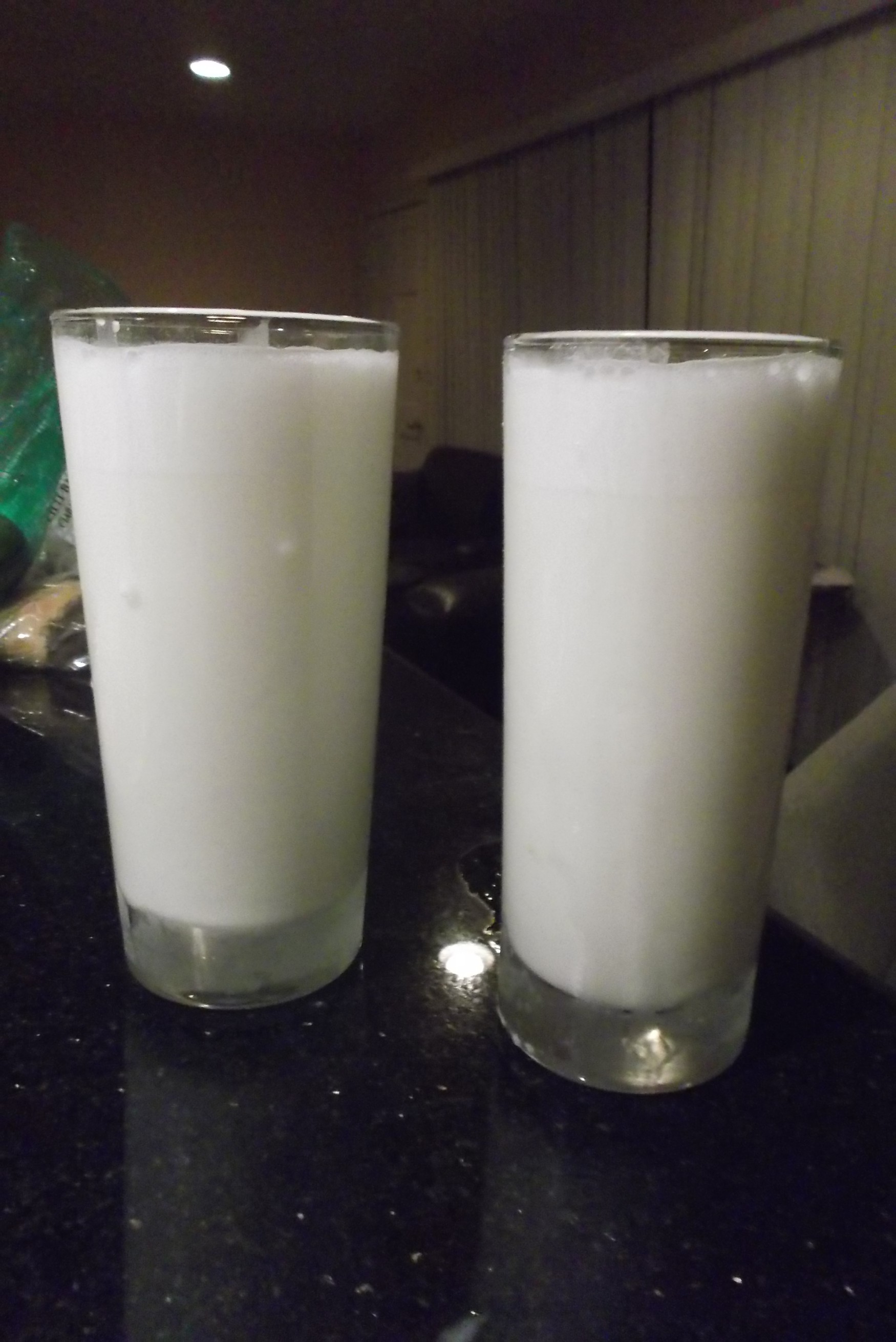 It’s the day after Thanksgiving and, if you seriously overdid it in the alcohol department while getting into a drunken political argument with your uncle Dave, you should probably lay off the booze completely today. Have a nice glass of orange juice maybe. Even so, for many a boozer, the solution to too much booze is just a little more booze, delivered with a thoughtfully prepared cushion of sugar and fat.
It’s the day after Thanksgiving and, if you seriously overdid it in the alcohol department while getting into a drunken political argument with your uncle Dave, you should probably lay off the booze completely today. Have a nice glass of orange juice maybe. Even so, for many a boozer, the solution to too much booze is just a little more booze, delivered with a thoughtfully prepared cushion of sugar and fat.
I admit it, the sugar, egg white, and milk fat in the drink originally referred to as the New Orleans Gin Fizz tends to soften the drink’s alcoholic blow much in the manner of that slimmer, more vitamin-rich hang-over classic, the Bloody Mary. Still, you don’t have to be a degenerate drinker to enjoy this labor intensive, slightly tart refresher, the best known member of the large category of drinks knowns as fizzes, and yet another American classic associated with the wondrous city of New Orleans.
The Ramos Gin Fizz
2 ounces gin
1 large egg white
1-3 ounces seltzer water (for the fizz!)
1/2 ounce fresh lemon juice
1/2 ounce fresh lime juice
1/2 ounce heavy cream or half-and-half
1/2 ounce simple syrup or 2 1/2 teaspoons sugar (will taste slightly sweeter)
2-3 drops orange flower water (definitely optional, I say)
Combine all of the ingredients, except the carbonated water, in a sturdy cocktail shaker. Follow our usual egg white procedure and dry shake for about 10-20 second. Be careful because that egg white wants to make the top of your shaker pop off sometimes.
Next, following our usual procedure, add lots of ice and shake again. Usually a vigorous 10-20 seconds or so would be sufficient here, but in a nod to tradition — which we’ll be discussing below — try to go as long as you can before your arms feel like they’re about to fall off and your hands freeze. I managed about 45 seconds on my own and pretty much doubled that with the help of a friend.
Strain into a Tom Collins style glass or something similar, and add the all-important seltzer water to give your fizz it’s fizz. Toast the long tradition of strong-armed bartenders.
***
Okay, now everyone will tell you that you actually need to shake the Ramos Gin Fizz with ice, no dry shaking allowed, for a minimum of one minute, and preferably two, three, or 12 minutes. For that last number, you’d apparently be following the instructions of Mr. Henry Ramos himself, who famously employed a relay of 12 bartenders to prepare just one famous fizz.
I smell more than a bit of hype here. Regular readers know I’m no stranger to using egg white in cocktails. My recipe is largely adapted and adjusted a bit from a few I found online, including from purist David Wondrich and a more modern Epicurious. I, however, see no reason for self-torture to make the Ramos Fizz. Shaking for two minutes might not sound like a lot but, once you try doing it yourself, you’ll realize it’s not hard to reach your limit. “Why kill yourself?” I ask
Speaking of killing yourself, Mr. Wondrich insists you have to use heavy cream for this and derides the substitution of mere half-and-half. Having tried it both ways, I have to say that I actually prefer it with the somewhat less suicidally fattening/artery clogging half-and-half. The heavy cream, for me, is, well, a bit heavy.
On the other hand, I prepared the straight-up Wondrich take with a friend, who loved it just the way it was. I have to admit that the Ramos Fizz is slightly tart for my personal taste, but that’s the way to drink it. “King Cocktail” Dale DeGroff’s version actually calls for a LOT of simple syrup — an entire shot’s worth at 1 1/2 ounces — while using regular homogenized milk. That didn’t solve the tartness problem for me, while also feeling thin.
In any case, I found that pretty much every version I made of this drink was satisfying, refreshing, and surprisingly non-buzz inducing — we can thank all those extra fat and sugar calories for that, I suppose.
I tried a Ramos Fizz with both Tanqueray and Gordon’s gin, without it making it much of a difference. I also forgot to include the orange flower water a couple of times and noticed almost no difference, which worries me. One time, I forgot the include the gin. That made a difference. The scary part was, it was less tart and I liked it!
You can follow us on Twitter and Facebook for content updates. Also, sign up for our email list for weekly updates and check us out on Google+ as well.
Posted in: Food & Drink, Lifestyle, Vices
Tags: cocktails, Drink of the Week, gin, Gordon's Gin, Happy Hour, New Orleans Fizz, Ramos Gin Fizz, Tanqueray

 You know
You know  I’ve slipped up again in the holiday boozing department as there’s nothing particularly Father’s Day appropriate about today’s drink. Of course, there’s also nothing particularly un-fatherly about it. If dad likes gin, olives, and isn’t averse to a tiny bit of anisette/licorice flavor, he might just dig this very sophisticated, very boozy classic martini alternative as much as I do if you serve it up to him this Sunday.
I’ve slipped up again in the holiday boozing department as there’s nothing particularly Father’s Day appropriate about today’s drink. Of course, there’s also nothing particularly un-fatherly about it. If dad likes gin, olives, and isn’t averse to a tiny bit of anisette/licorice flavor, he might just dig this very sophisticated, very boozy classic martini alternative as much as I do if you serve it up to him this Sunday.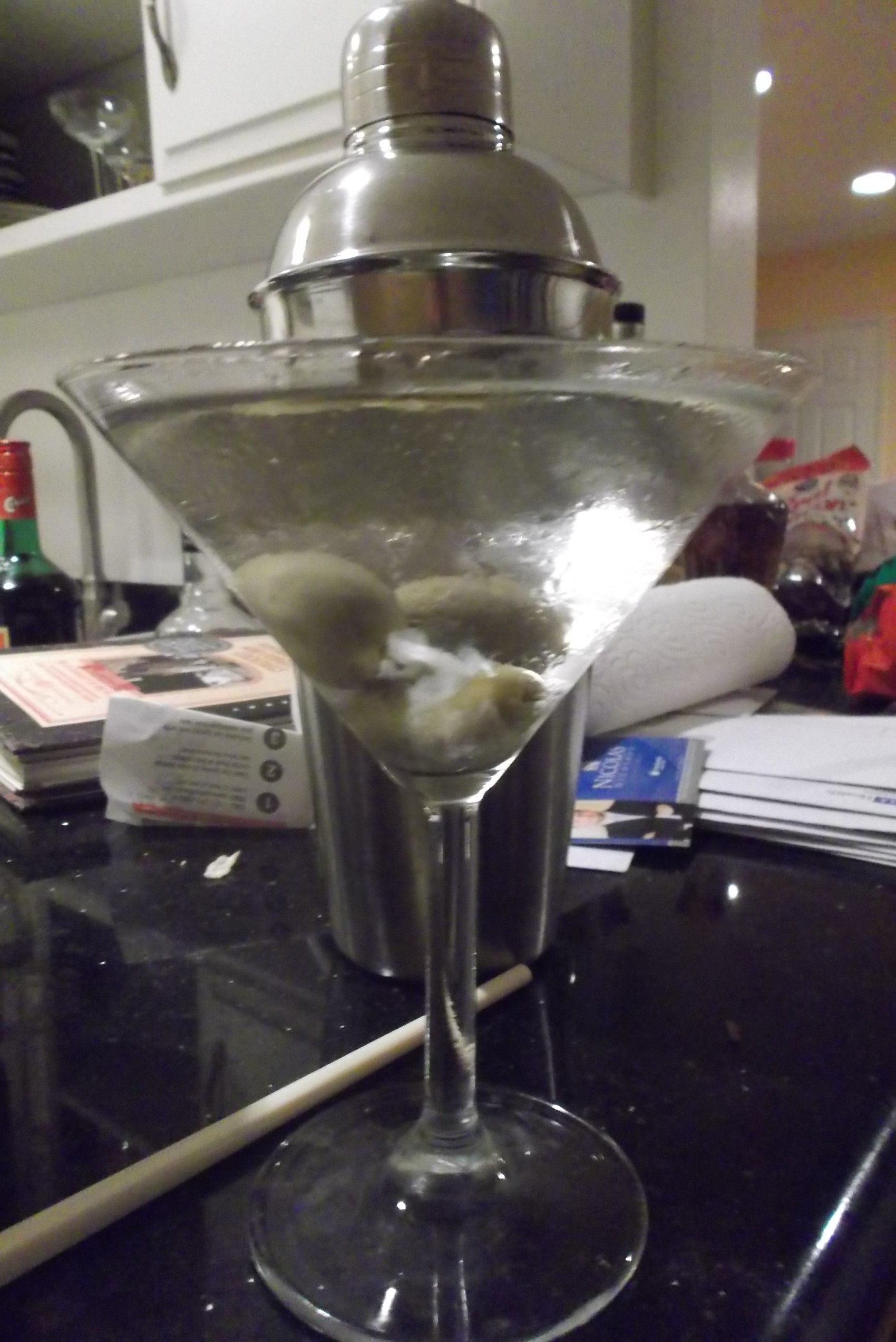 Tastes change, my friends. As a child, I pretty much only knew yellow mustard. As I grew, I discovered Gulden’s Brown, Grey Poupon, and various other not-so-exotic variants. I quickly learned to disdain the yellow vinegary and go for the brown and/or spicy. That ended last year when I suddenly realized that nothing was better on pastrami than plain old Morehouse or French’s.
Tastes change, my friends. As a child, I pretty much only knew yellow mustard. As I grew, I discovered Gulden’s Brown, Grey Poupon, and various other not-so-exotic variants. I quickly learned to disdain the yellow vinegary and go for the brown and/or spicy. That ended last year when I suddenly realized that nothing was better on pastrami than plain old Morehouse or French’s.
